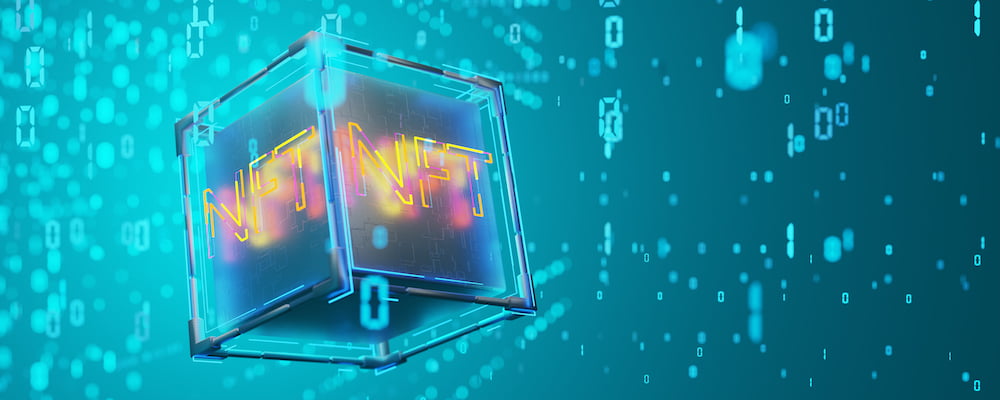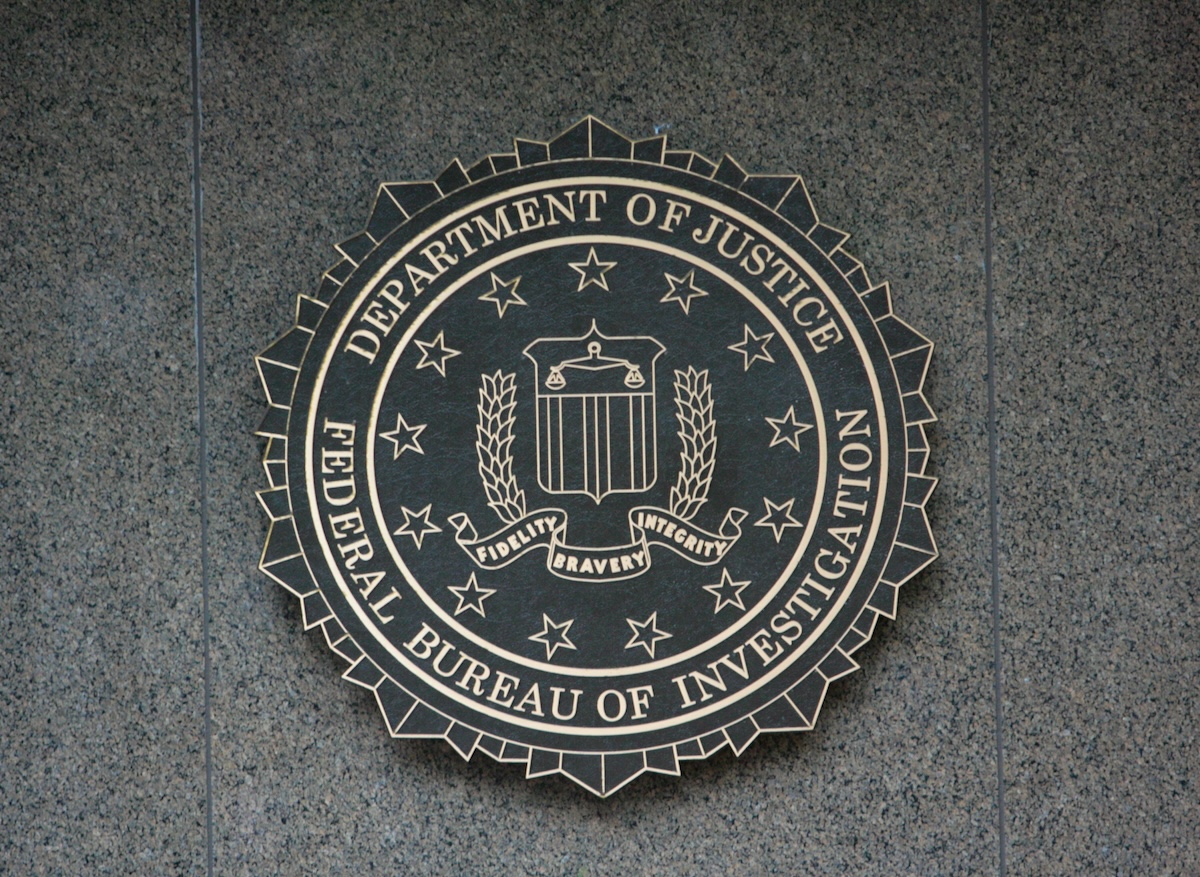What does the Future Hold for NFTs?
NFTs are evolving from collectibles to practical tools. Discover how gaming, AI, and real-world tokenization are shaping the future of digital ownership through 2030.

NFTs no longer make headlines for outrageous prices or pixelated art. That phase is over. Now, a more practical and thoughtful use of NFTs is emerging. This new era centers on ownership, authentication, and interaction, which is what blockchain was meant to deliver.
Across industries, from gaming to real estate, NFTs are becoming digital tools that verify identity and value, not just speculative assets.
What Went Wrong Before Things Started Going Right
By 2023, nearly 95% of NFTs lost all monetary value. Oversupply, copycat projects, and crypto downturns crushed public confidence. Many collections existed purely for profit, not purpose.
That correction, painful as it was, cleared the path for genuine innovation. The survivors are projects that deliver utility and build communities instead of hype.
Today, creators and developers are crafting NFTs that actually do something — assets with ongoing function, not fading novelty.
Why NFTs Still Matter in 2025
Despite the market wipeout, NFTs remain integral to blockchain’s growth. The market has stabilized around $504 million in yearly revenue and continues to attract millions of verified users.
NFTs now act as verifiable certificates for anything unique — a concert ticket, a luxury watch, or an in-game asset. They prove ownership instantly, without intermediaries.
Real-World Utility in Action
Ticketing and Access: Prevents counterfeits while rewarding loyal fans.
Gaming Economies: Players own what they earn. Games like Illuvium and Star Atlas treat items as tradeable assets.
Luxury Authentication: Brands like Prada and Rolex use NFTs to certify genuine products.
Music & Media: Artists mint NFTs with royalties and exclusive access for fans.
Each example reflects blockchain’s shift from speculation to practical verification.

Are NFTs Making a Comeback?
Yes — and the comeback looks healthier than the boom ever was. In July 2025, NFT trading volumes topped $574 million, one of the strongest months since 2021. Analysts project a surge to $247 billion by 2029, fueled by utility-driven assets and institutional adoption.
Major companies such as Adidas, Warner Music, and Ticketmaster are experimenting with NFT-based engagement systems that blend brand loyalty with ownership.
This isn’t hype — it’s infrastructure quietly building in the background.
NFT 2.0: The Utility Era
A second wave of innovation — sometimes called NFT 2.0 — focuses on assets that serve real functions.
1. Gaming and Play-to-Own Assets
Blockchain gaming lets players trade items across platforms or sell them for profit. Unlike traditional games, ownership persists even if a platform shuts down.
2. Real Estate and Physical Tokenization
Startups like Propy and Roofstock now tokenize property deeds. Transactions happen faster, with ownership verified on-chain.
3. Memberships, Tickets, and Loyalty Programs
Programs such as Starbucks Odyssey use NFTs to grant rewards, status, and digital experiences linked to real-world perks.
4. AI and Dynamic NFTs
AI introduces evolution and personalization. Some NFTs change with time, weather, or data feeds — art that grows, not fades.
Should You Still Invest in NFTs?
NFT investing is no longer about flipping. It’s about assessing utility, trust, and transparency.
Smart investors examine:
Project fundamentals: real-world purpose, not promises.
Smart contract verification: security against rug pulls.
Creator track record: established teams with active roadmaps.
The U.S. IRS classifies NFT sales under capital gains. Long-term holdings benefit from lower tax rates, reinforcing patient investing over speculation.
Still, risks persist. Low liquidity and fake projects can wipe out returns quickly. Research matters more than hype.
DeFi and Web3 Integration
NFTs are merging with decentralized finance (DeFi), offering new ways to earn yield or secure loans using digital assets as collateral.
Decentralized autonomous organizations (DAOs) also use NFTs as membership tokens, giving holders governance rights in project decisions.
As Web3 matures, NFTs will act as the identity layer of decentralized interaction — proof of personhood, ownership, and participation.
2026–2030: What’s Coming Next
Market projections expect NFT adoption to accelerate as industries converge around blockchain identity.
Emerging Trends
Cross-chain interoperability connecting NFT ecosystems.
AI-enhanced identity tokens for secure digital verification.
Green NFTs powered by low-energy blockchains.
Institutional and cultural adoption, from banks to museums.
By 2030, NFTs could quietly anchor digital ownership the same way domains anchor the web.
Cultural and Ethical Growth
Public attitudes are changing. After early backlash, creators now prioritize transparency and sustainability. Carbon-neutral platforms are becoming the standard.
Artists use NFTs to claim royalties automatically, securing fair pay for digital work. Legal debates around copyright and AI generation persist, but those challenges mark evolution, not decline.
Summary: The Next Digital Ownership Layer
NFTs are entering their most stable and useful phase yet.
They’re shifting from collectibles to functional digital assets.
Utility NFTs drive growth across gaming, fashion, and finance.
AI integration is personalizing ownership experiences.
Transparency and ethics are guiding new development standards.
What began as a speculative craze is becoming a backbone of digital identity and value.
Frequently Asked Questions
Here are some frequently asked questions about this topic:
Are NFTs still valuable in 2025?
Yes. Most hype-driven NFTs collapsed, but those linked to gaming, authentication, and real-world access still hold measurable worth.
Will the NFT market recover?
Yes. With renewed focus on utility and enterprise adoption, analysts forecast a market rebound reaching $247 billion by 2029.
Are NFTs a good investment?
NFTs carry risk but can offer returns when tied to tangible functions and trusted creators. Treat them like startup assets, not collectibles.
How does AI affect NFTs?
AI enables NFTs to adapt over time, generating evolving digital art or personalized user experiences.





